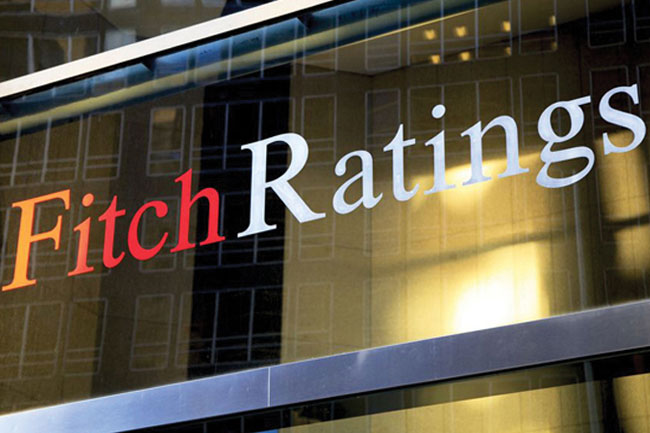Sri Lankan state banks’ capital vulnerable despite profit gains: Fitch
April 25, 2025 10:38 am
Fitch Ratings expects Sri Lanka’s state banks to continue to report weaker regulatory capital ratios than systemically important private banks, despite significantly higher profitability. This is due mainly to a large portion of state banks’ profits being allocated to a special reserve, which is not included in capital adequacy calculations.
The Central Bank of Sri Lanka has required banks to establish a special reserve to mitigate settlement risks of restructured foreign-currency exposures to the state (CCC+), including both loans and step-up sovereign bonds. This reserve, set at 15% of the outstanding exposure, is effective for six months from end-2024, post which we expect continued regulatory risk mitigation that has an impact on capital.
State banks Bank of Ceylon (BOC; CCC+/AA-(lka)/Stable) and People’s Bank (Sri Lanka) (PB; AA-(lka)/Stable) allocated 72% of their combined profit or 2.2% of combined risk-weighted assets to this special reserve at end-2024. We expect BOC to allocate more in 2025 to meet the 15% requirement. In contrast, systemically important private banks like Commercial Bank of Ceylon PLC (AA-(lka)/Stable) and Hatton National Bank PLC (AA-(lka)/Stable) allocated only 19% and 0.7% of combined profit and risk-weighted assets, respectively.
The special reserve for state banks stems mainly from their foreign currency-denominated loans, formerly to a state-owned entity, at around 15% and 7% of their combined loans and assets, respectively, of which, over two-thirds sits with BOC. These loans were restructured in 2024 as part of the sovereign’s debt-restructuring efforts. Without the reserve, the state banks’ reported capital ratios would have increased by approximately 2pp. Large private banks have a smaller government exposure through international sovereign bonds, representing 3.2% of assets, resulting in a much less significant impact from the special reserve.
Sovereign bonds restructured in December 2024 remain classified as stage 2 assets, with risk weights of 20%. Fitch estimates that the state banks’ published common equity Tier 1 (CET1) ratios (bank level; BOC: 11.97%, PB: 10.43%) could fall below 10% if risk weights of 100% were applied to their foreign-currency exposures that were subject to the special reserve. This decrease would be modestly larger if non-restructured foreign-currency loans to the state and state-owned entities are included, highlighting the vulnerability of state banks’ capitalisation to sovereign risks. We expect loan-book expansion, particularly to private-sector credits where risk weightings are typically higher, to also exert pressure on the capital positions of these banks.
The banking sector, especially the private banks, reported notable improvements in profitability in 2024 due to provision reversals following the sovereign bond restructuring. Initially, banks had provisioned nearly 52% of their sovereign bond exposure. However, the final outcome resulted in losses of around 30% of the exposure, enabling significant impairment reversals. State banks also benefited from the successful restructuring of a state-owned entity’s debt, allowing the two banks to resume income recognition halted for most of 2024.
State banks’ risk profiles are linked closely to the sovereign’s default risk due to their large exposures to the sovereign, estimated at more than half of their assets. We expect these sovereign exposures to moderate in the medium term as private-sector lending opportunities expand, but the state exposure will remain a major factor influencing the risk profile. The high national ratings of the two state banks reflect their stronger franchises (37% and 39% of sector assets and deposits, respectively) and superior funding profiles compared with the private banks, supported by state connections and widespread branch networks.
-Fitch-












